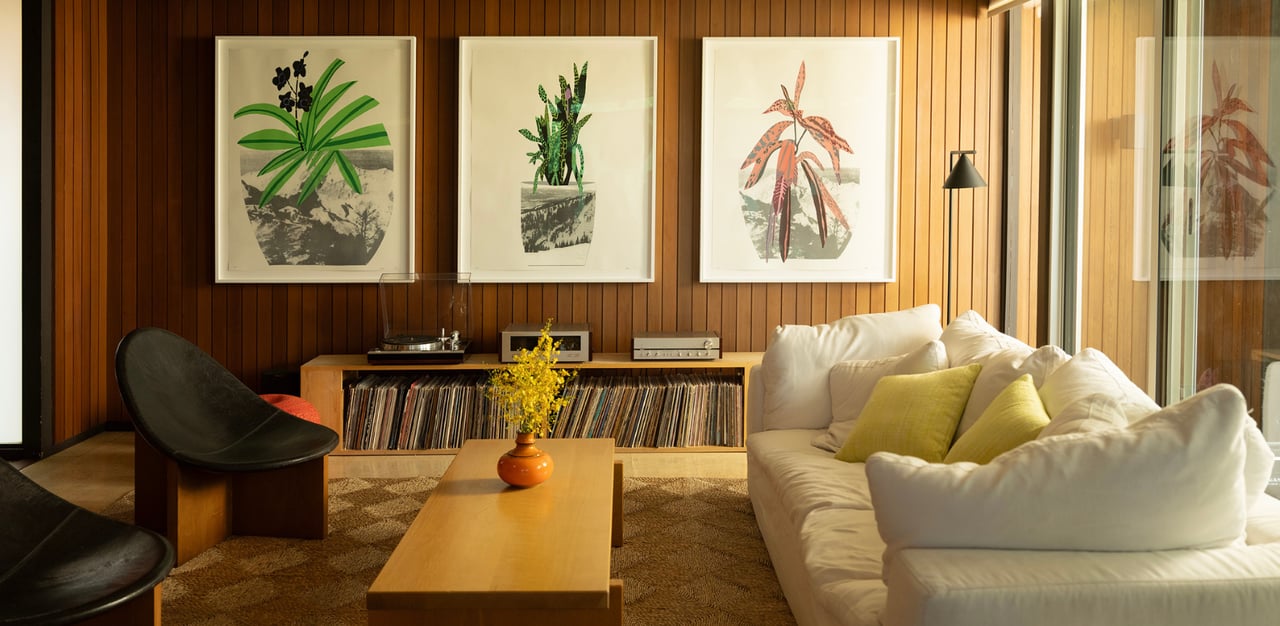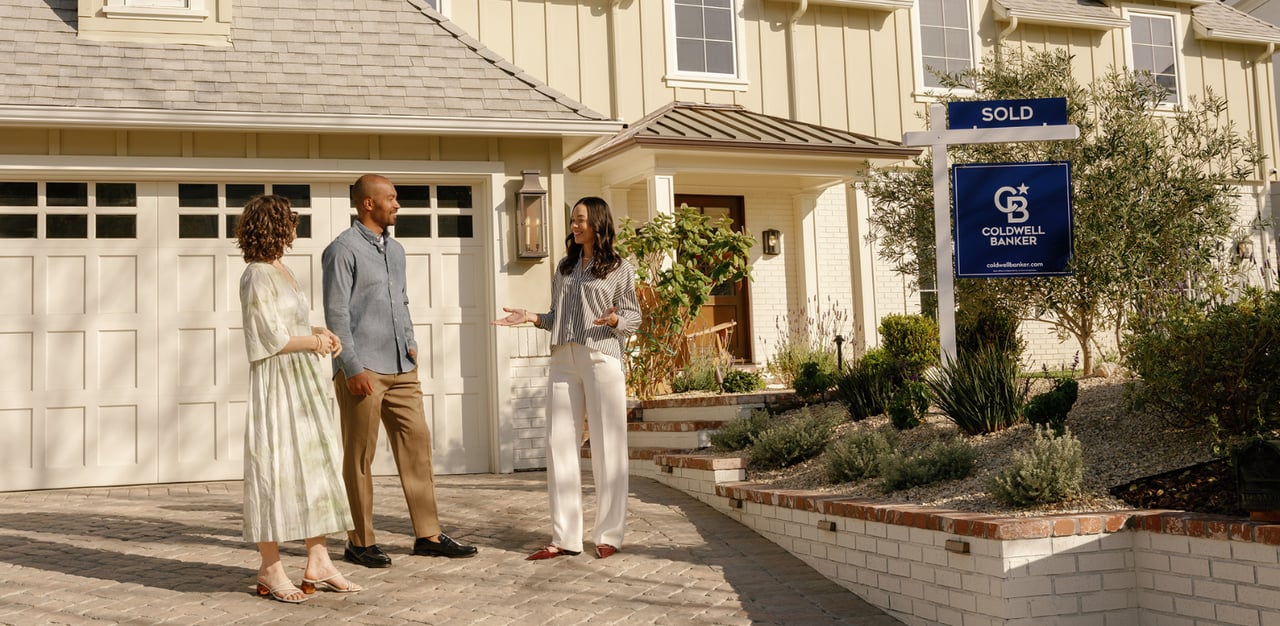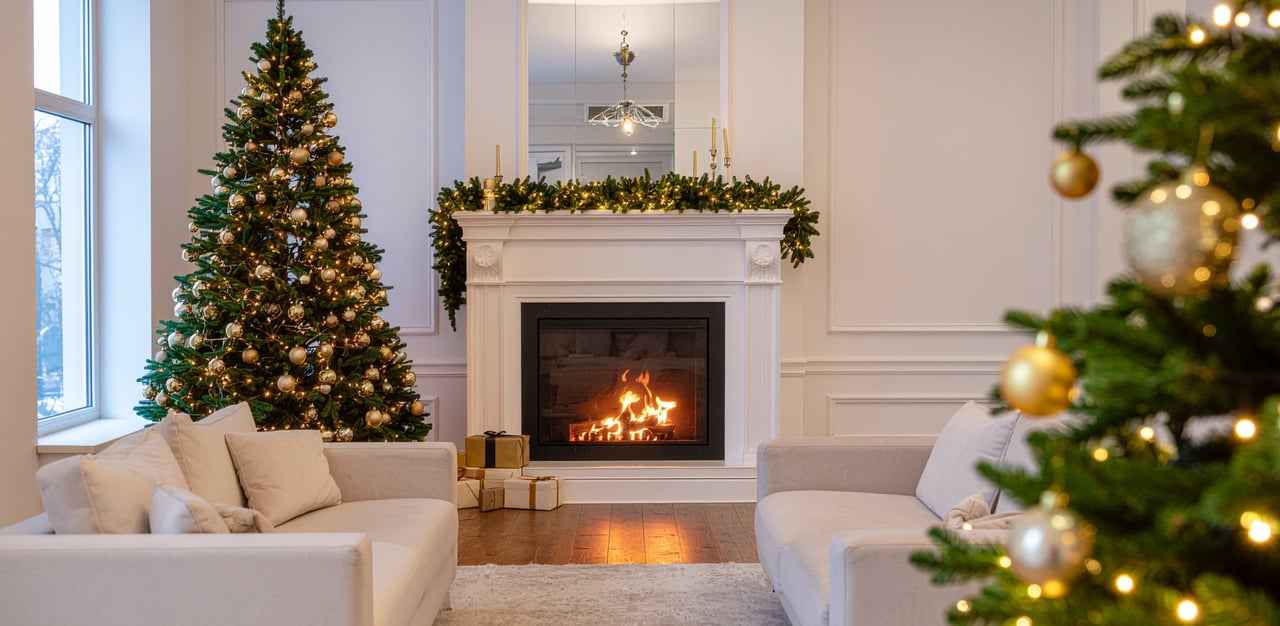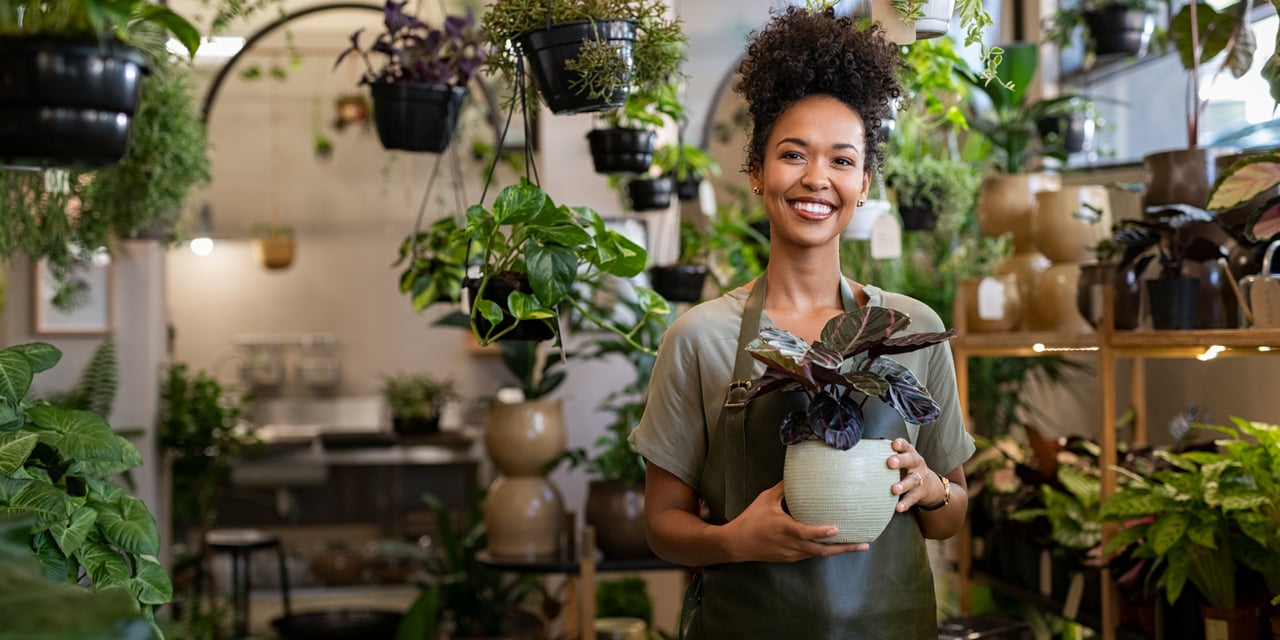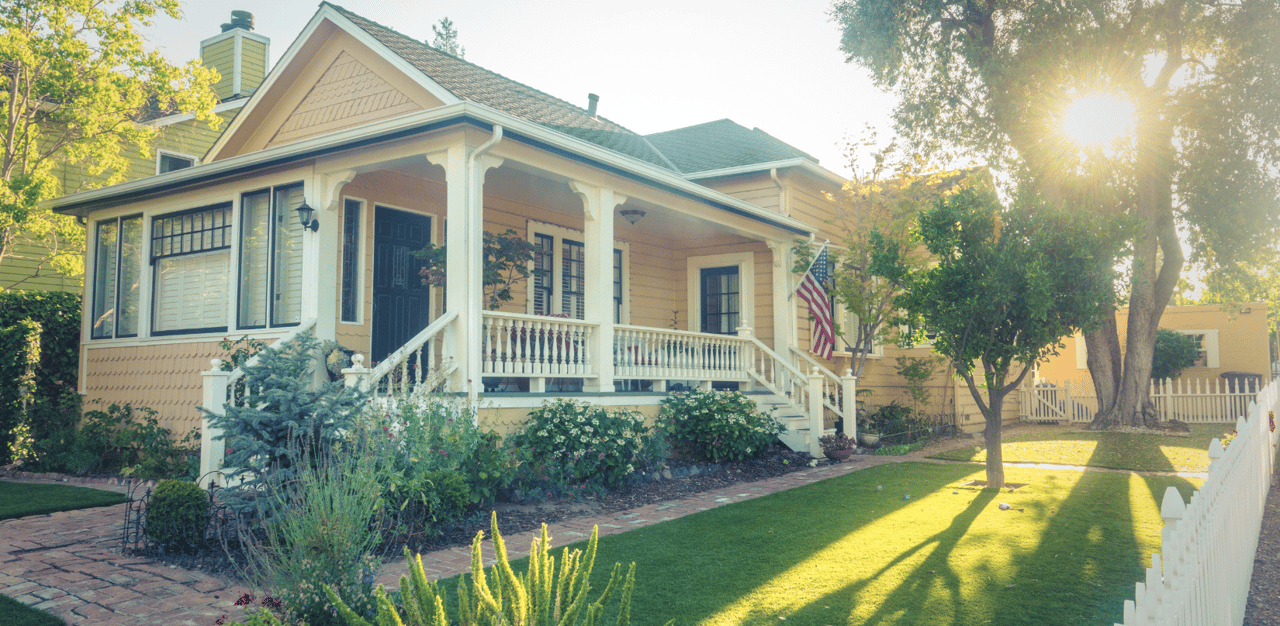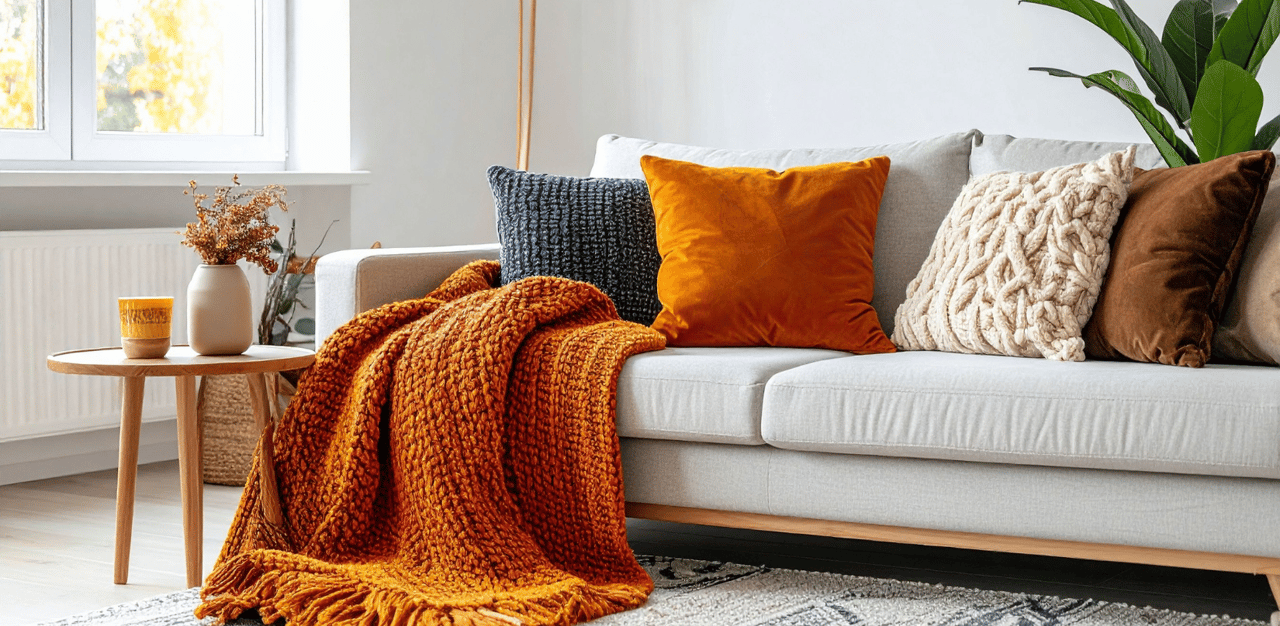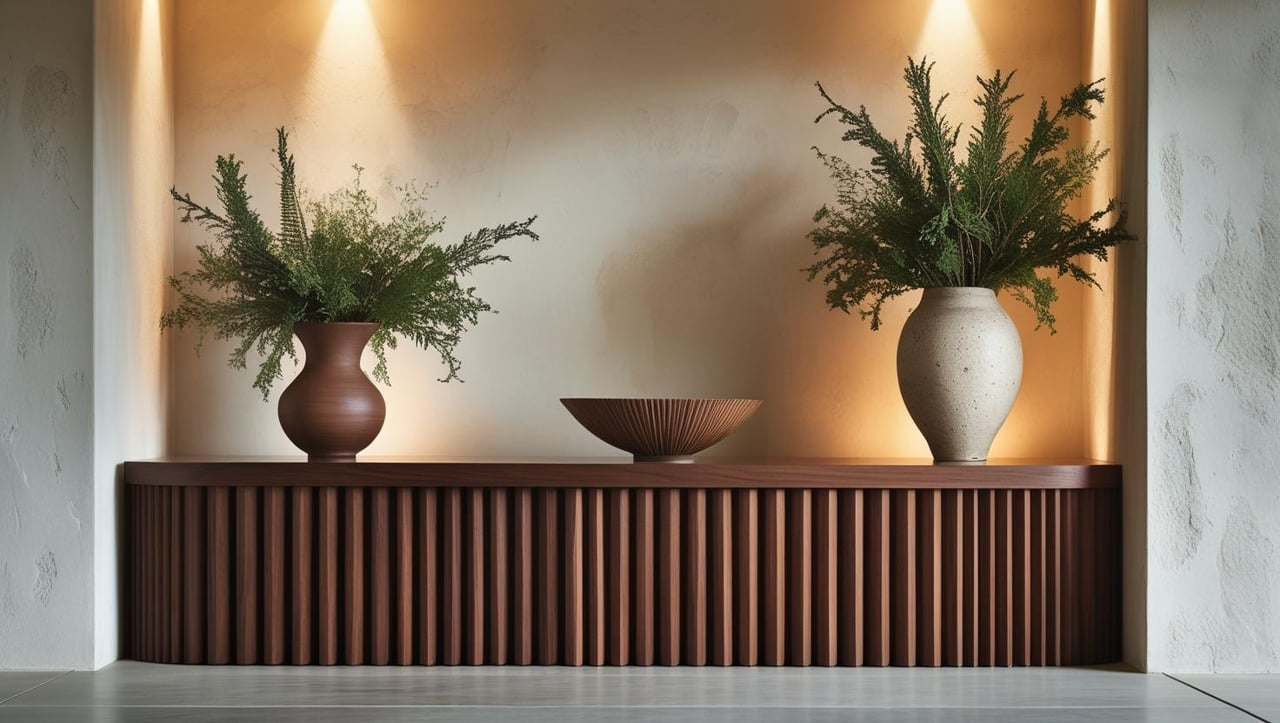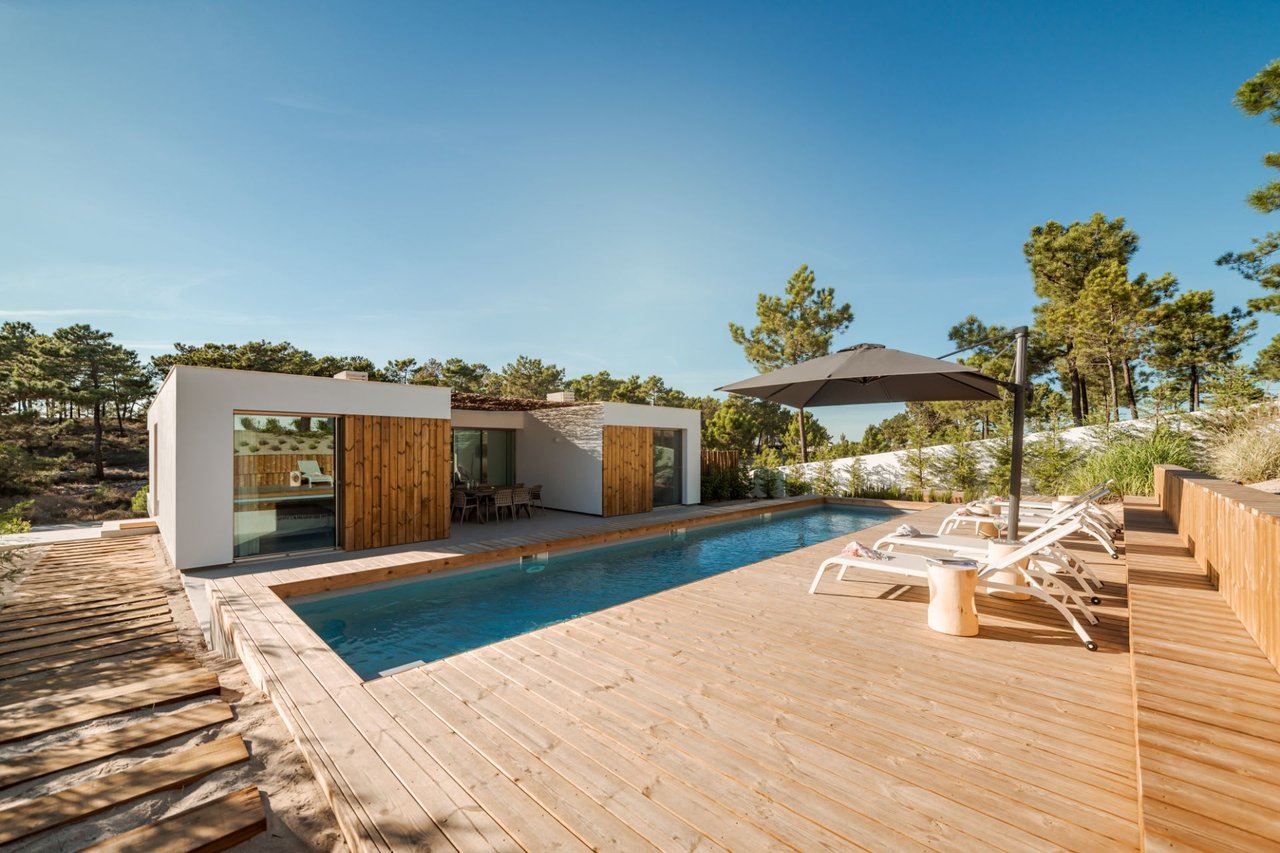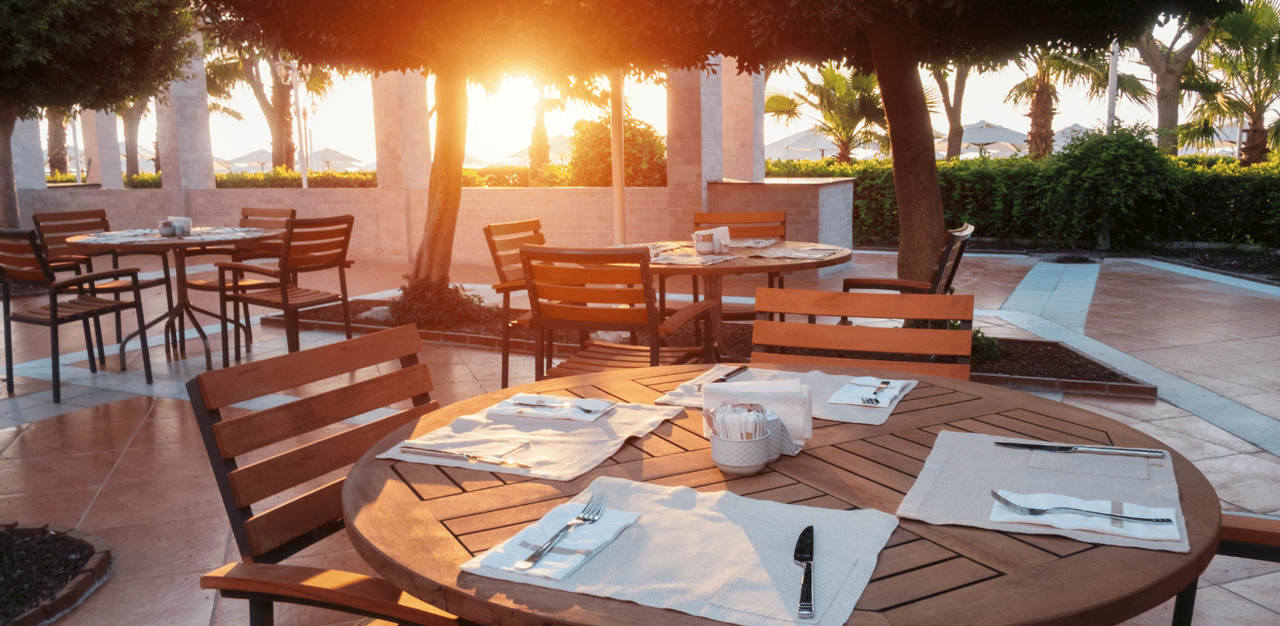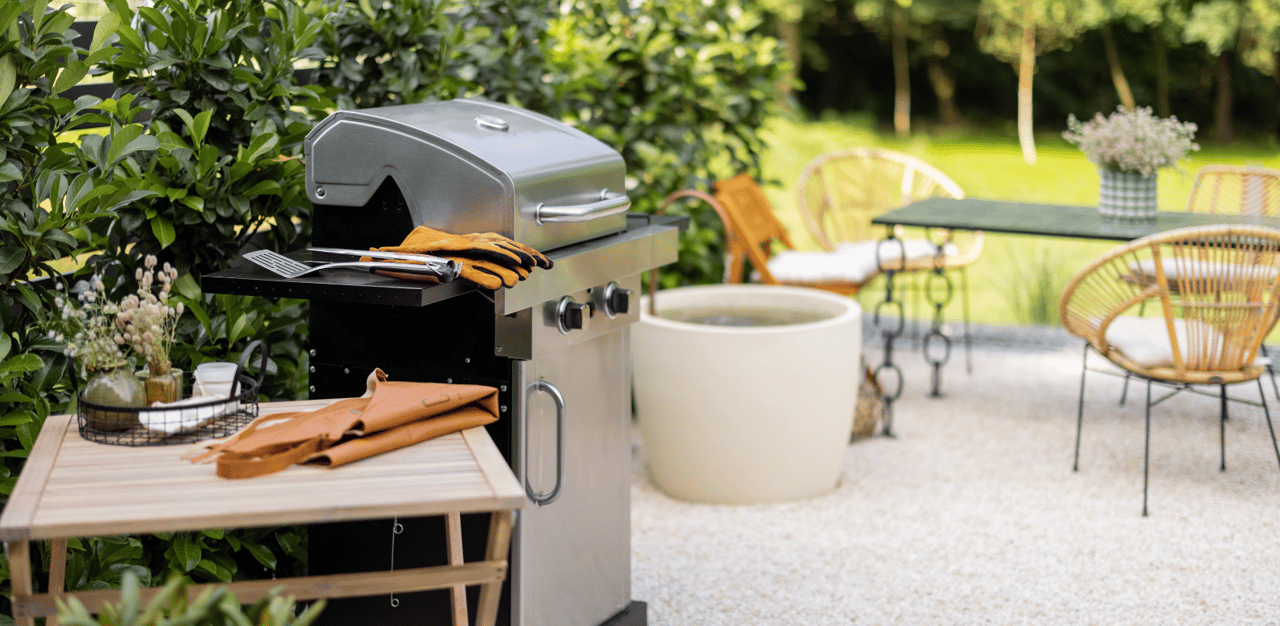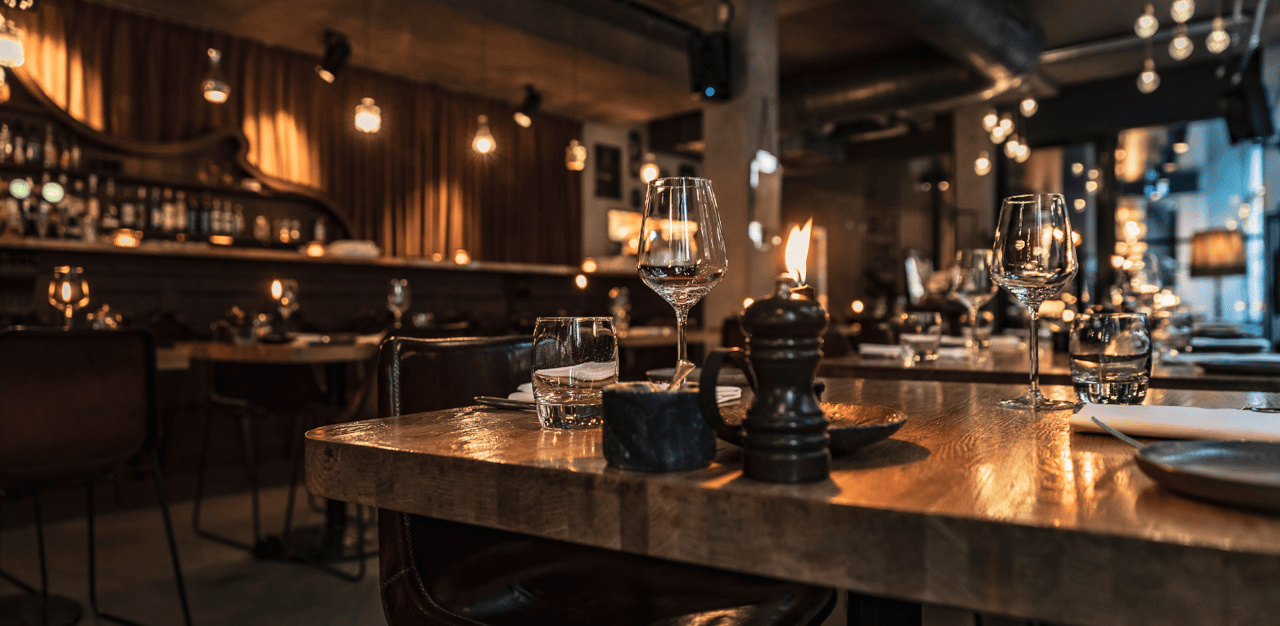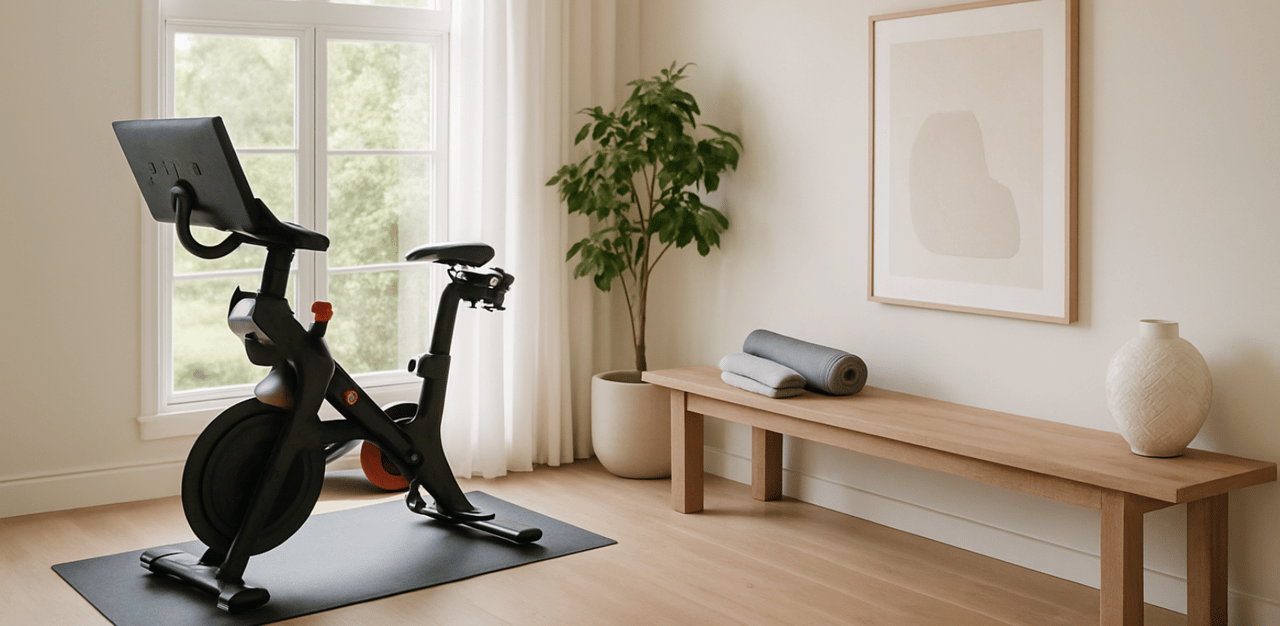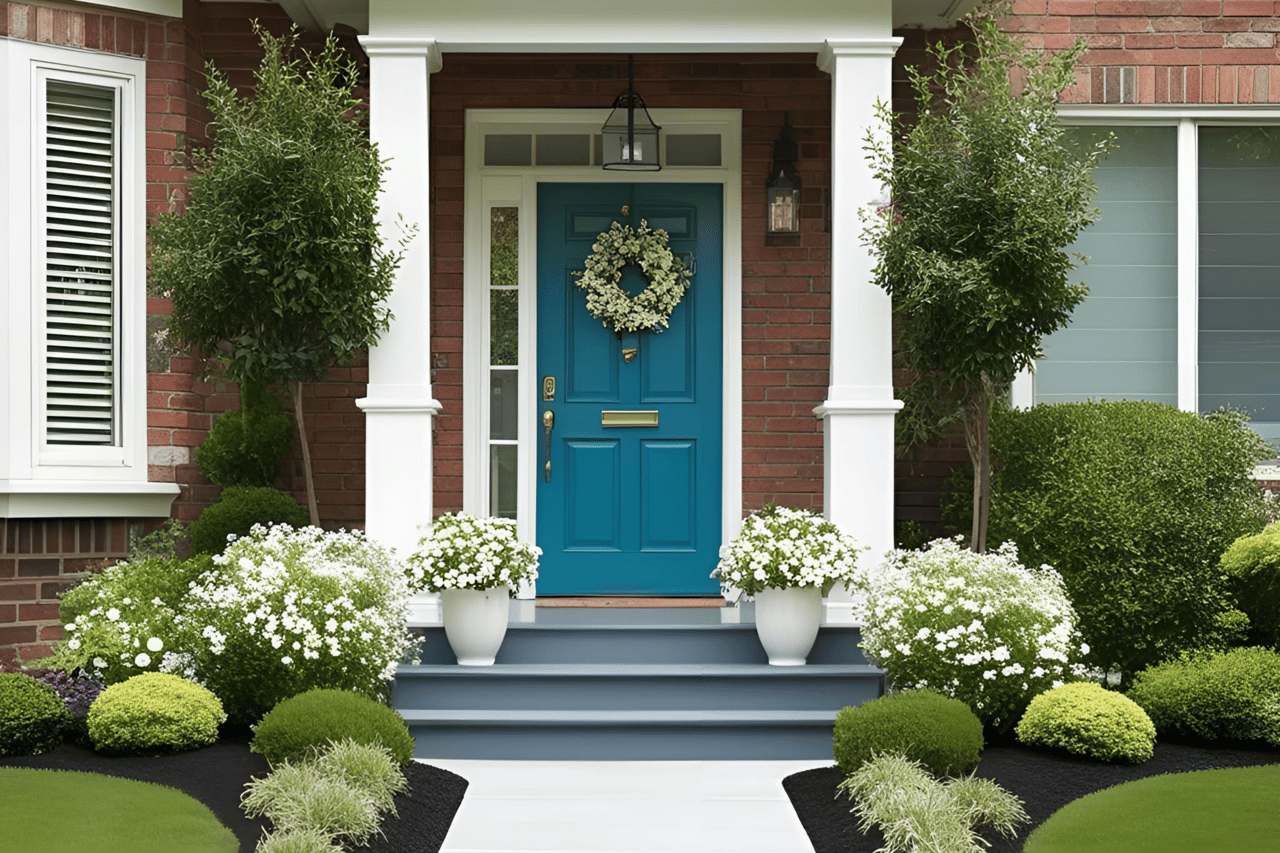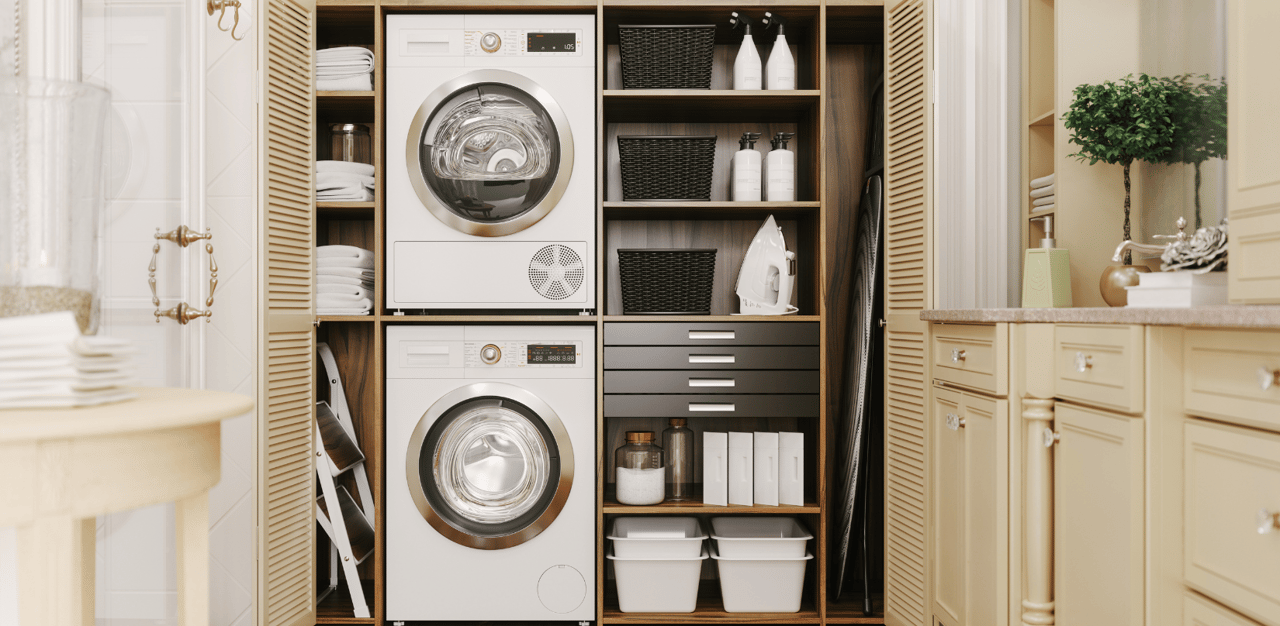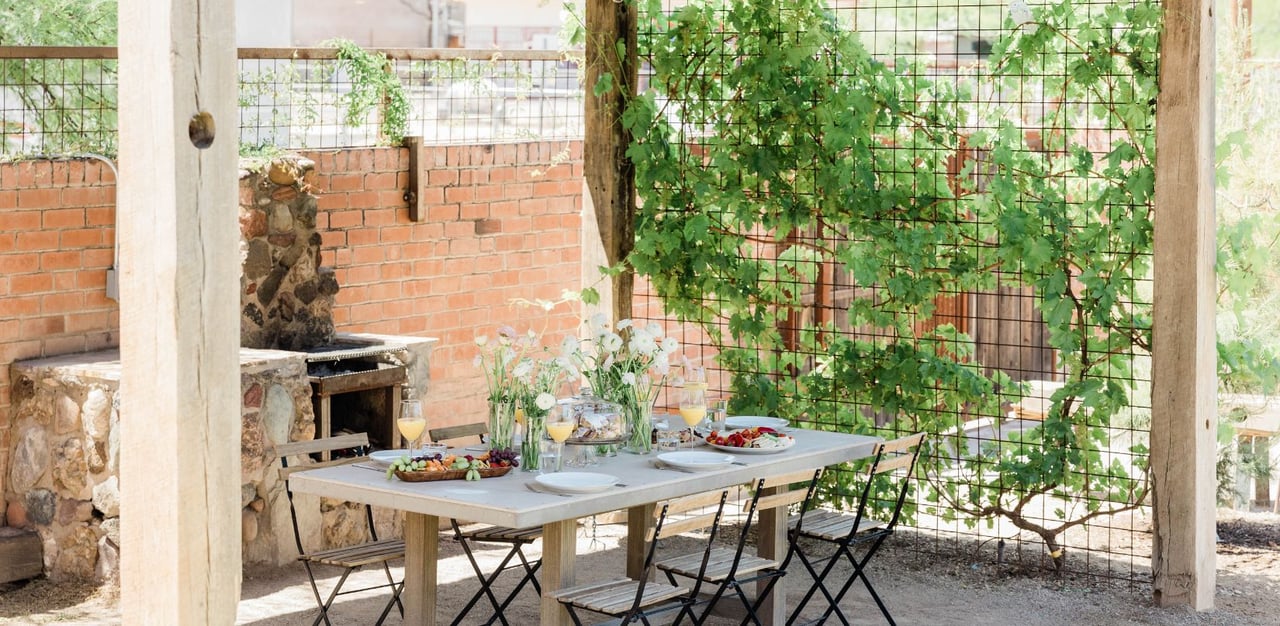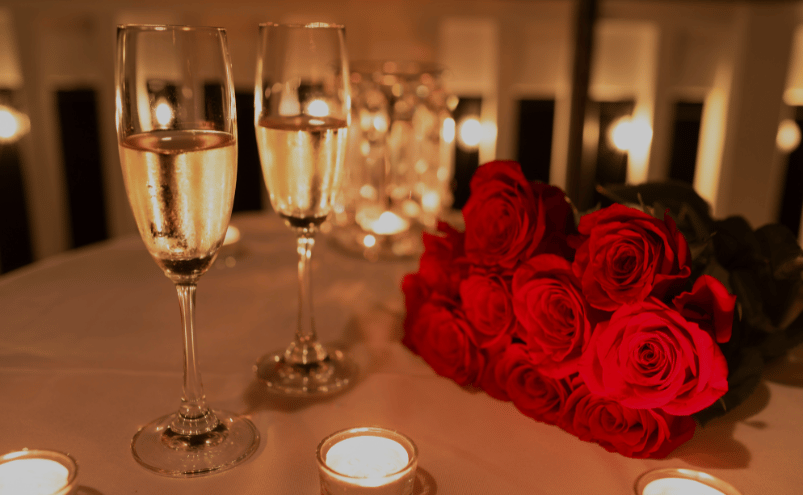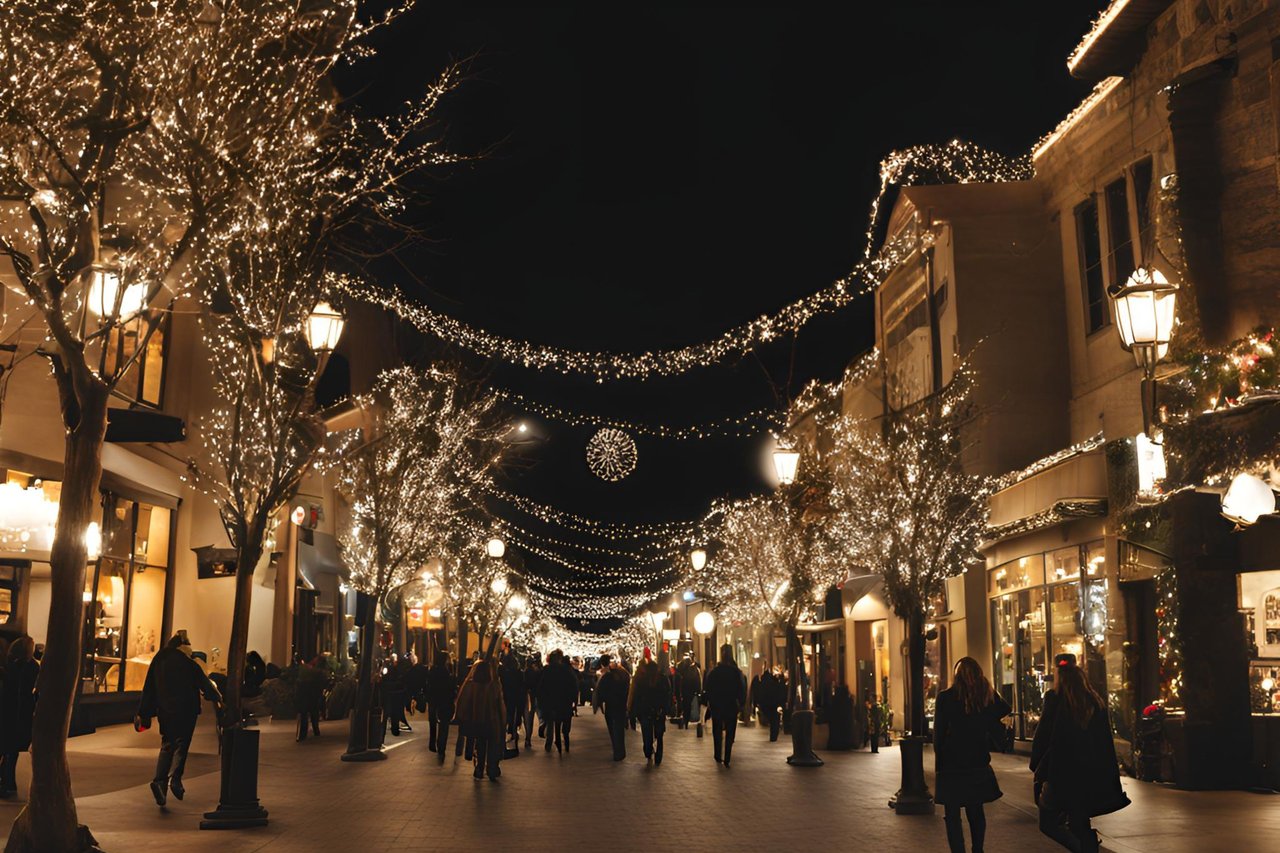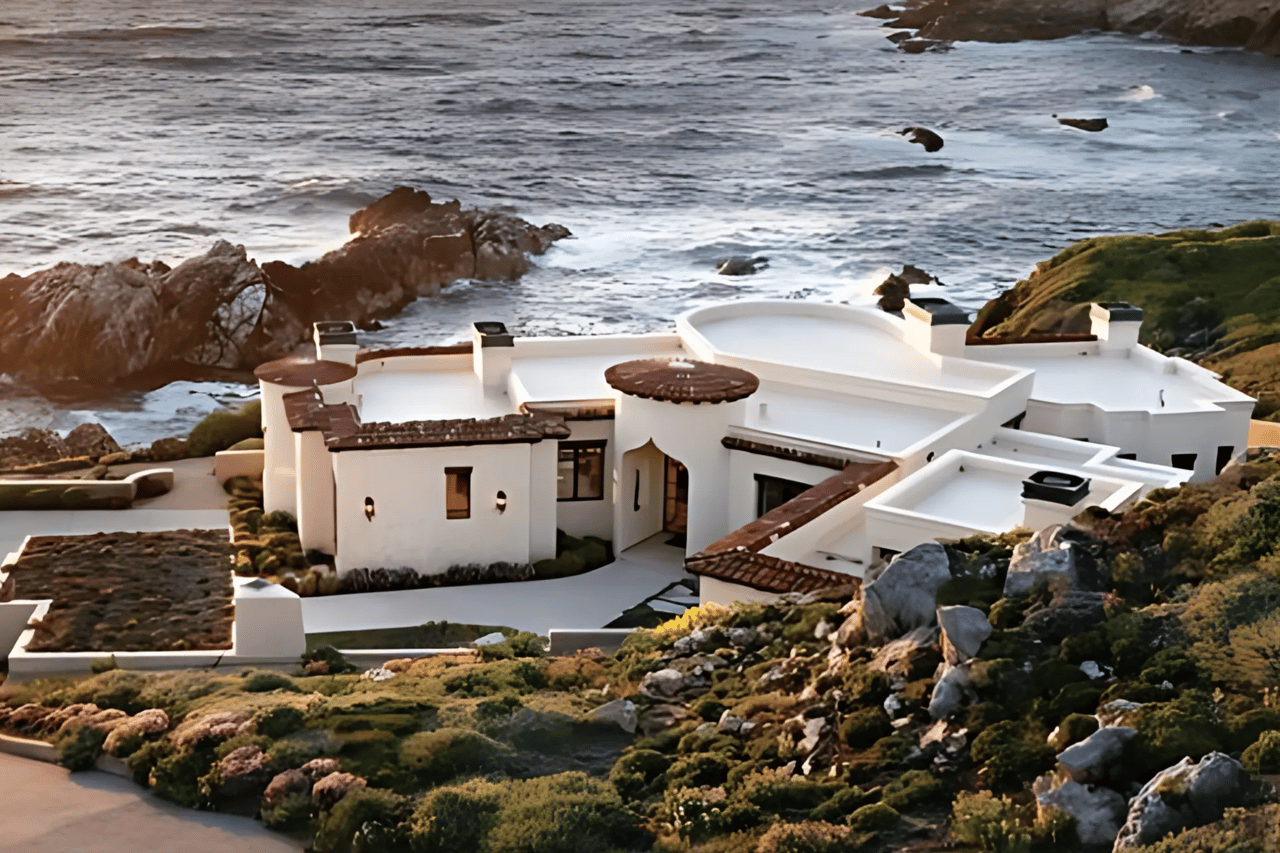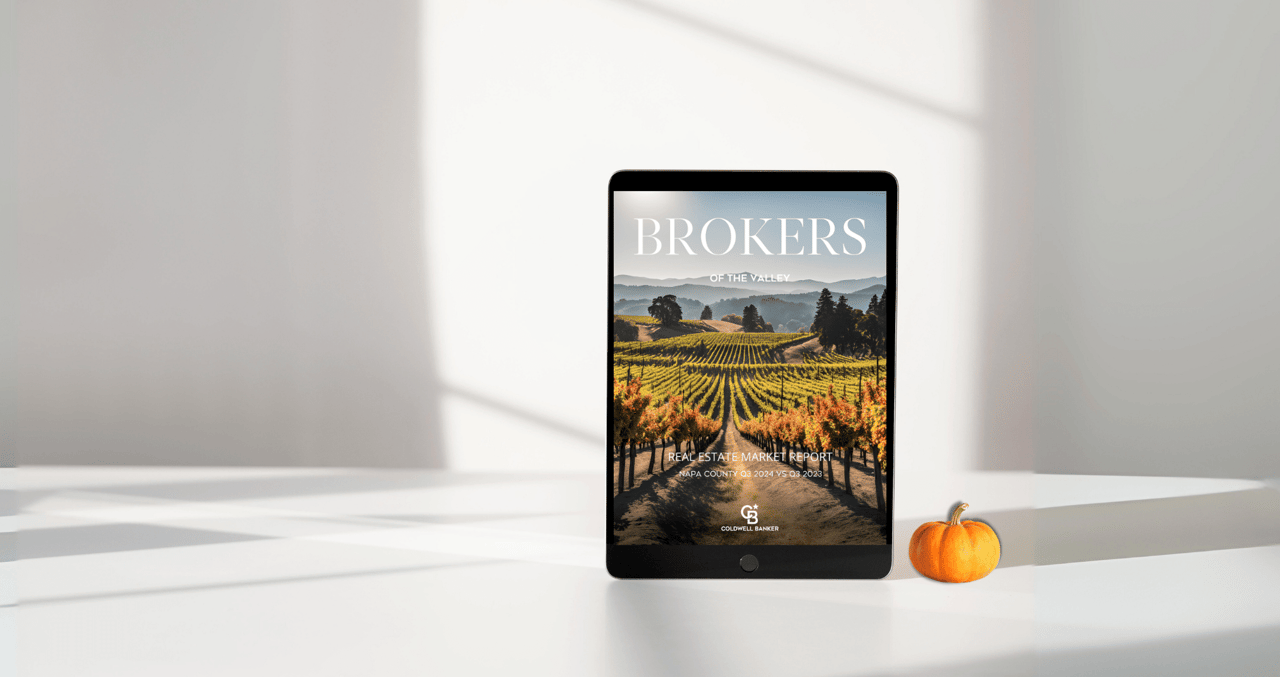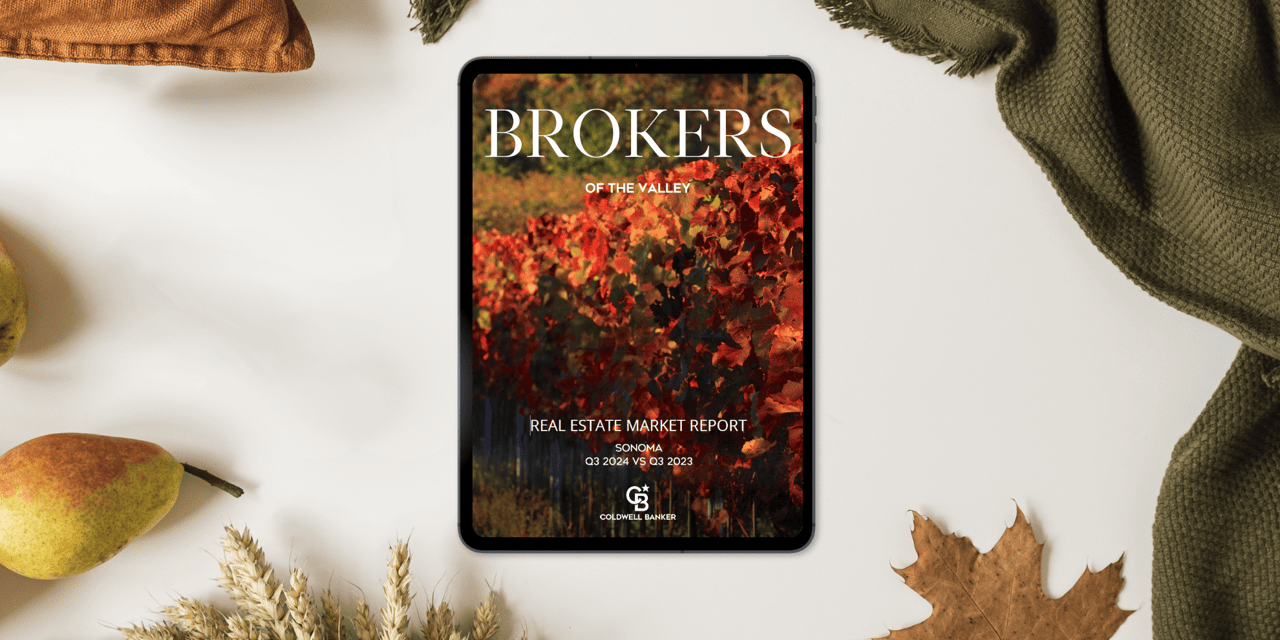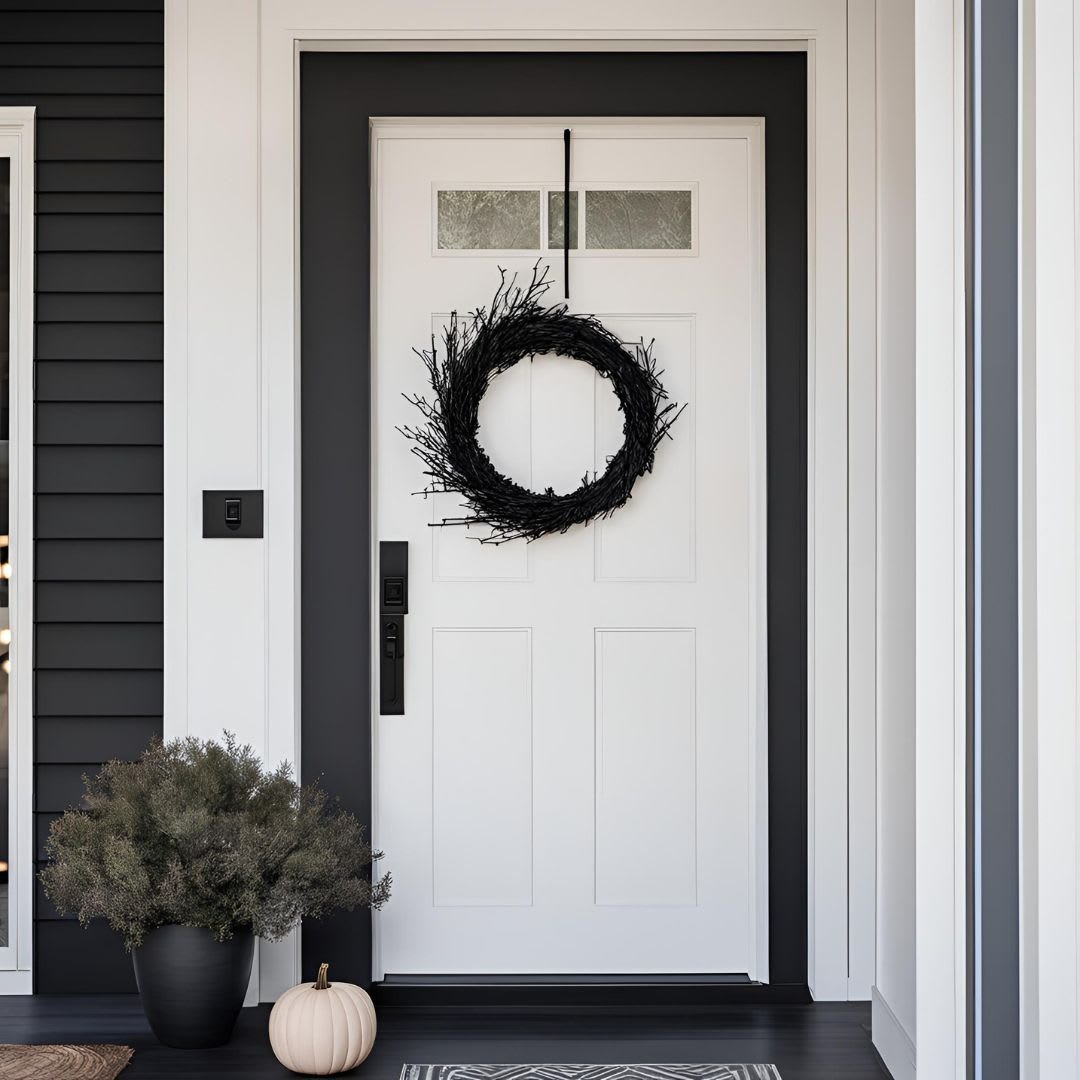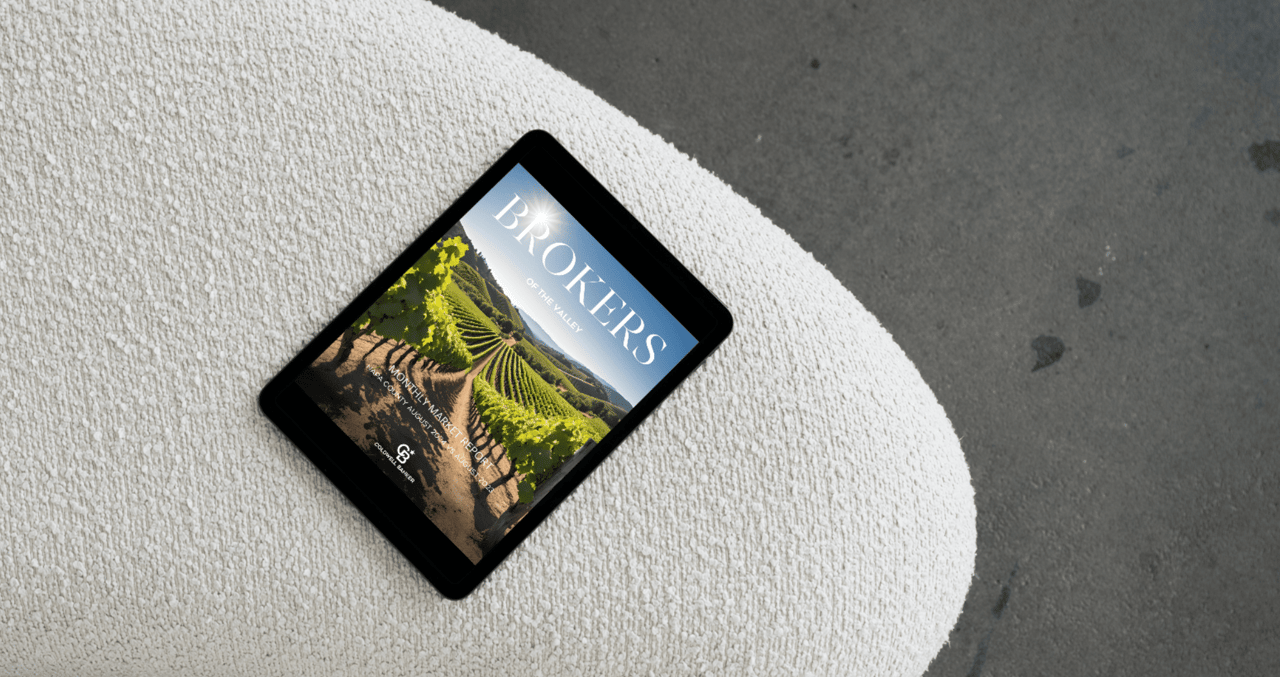Art, whether modest reproductions or museum-quality pieces by renowned painters and sculptors, enhances any home. The more expensive the residence, the more elaborate the art program tends to be. When it comes to multimillion estates, homeowners consult professionals who appreciate the nuanced relationship between art and architecture.
“I see great spaces and architectural environments as canvases for great art,” states Kipton Cronkite, who provides art curation and advisory services for clients primarily in California, New York and Florida through his firm, ArtStager. “My passion is to connect beautiful homes with the works of emerging and established artists, as it’s through art that the true essence of a space can be fully realized,” explains Cronkite. He believes that art showcases the emotions of a homeowner in a way that furniture or lighting simply cannot.
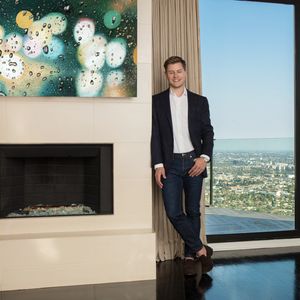
Kipton Cronkite of ArtStager. Photo by Stephen Busken
Formerly brought into the design process toward the conclusion of a project, Cronkite reports that art advisors have become more valued in recent years and that his input now begins early, with the preparation of preliminary renderings. “A greater consciousness of art as integral to the overall design has nurtured a collaborative relationship between designers and art advisors,” says Cronkite. “I try to be responsive to the architect’s and designer’s visions and they trust me to honor their aesthetics,” explains the art specialist, but cautions he is typically retained by the homeowner.
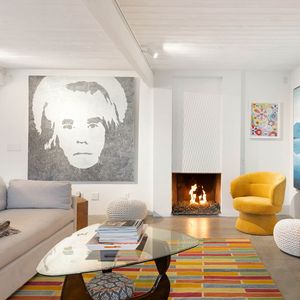
Photo by Austyn Moreno
“The juxtaposition between different styles creates an interesting conversation and layering of creativity,” suggests Cronkite, who insists modern art can be effectively presented in a traditional setting and vice versa. The advisor, who is regularly discovering new galleries and attending art fairs, is particularly well qualified to identify trends and emerging artists for his clients. Currently, Cronkite reports strong interest in Contemporary African art — the category includes African American artists — which conveys powerful contemporary voices. As buyers seek diversity in their collections, the works of artists like Rashid Johnson, Paul Sepuya and Danielle McKinney command increasingly higher premiums. ArtStager offers its own virtual gallery focusing on pieces priced under $10,000 from emerging artists such as Alexandria Hilfiger, Brandon Lomax and Wes Aderhold.
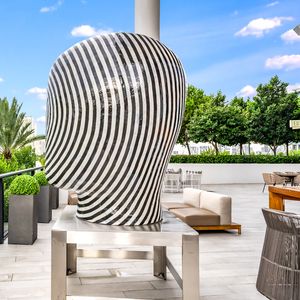
Photo by Giano Currie
Luxury residential architect Richard Landry, founding principal of Los Angeles-based Landry Design Group (LDG), must often accommodate clients’ museum-quality art collections into the firm’s designs. “We ask a lot of questions on how the client wants to live in their home, and one of those questions is whether they have an art collection they want displayed,” reports LDG partner Suzanne Evans Shepela. Explaining the goal is to have all art harmoniously incorporated into the project, Shepela states, “Based on the size and type of art, it can either be the star or set into the background.”
Emphasizing a collaborative approach, Shepela discloses, “Our goal at LDG is to seamlessly work with the interior designer so one doesn’t know where the architect’s and interior designer’s work stops and starts.” Maintaining that art considerations extend beyond interiors, she adds, “If the client has a sculpture collection they want to display in the garden, we’ll make sure to accommodate that request and provide options for their review.”
Landry and his team integrated the extensive art collection of a client whose Beverly Hills home is a unique hybrid of classical French château and modern aesthetics. The home is referred to as Papillion (“butterfly” in French) for its themed art installations, including a nine-foot-high butterfly sculpture by Rubem Robierb and a spectacular chandelier consisting of 350 hand-blown glass butterflies suspended from the soaring glass rotunda, created by interior designer Philip Nimmo and Windfall Contemporary Crystal Lighting.

Photo by Manolo Langis
At another Landry project in Los Angeles, a modern guest house on the site of a large classically inspired estate, a colorful modern sculpture by Brad Howe reaches skyward through a cutout in the cantilevered roof, a powerful commitment to art in the home. “When designing the sculpture for the guest house we had multiple meetings with the clients and artist to discuss scale, color, movement, transparency, and the importance of the piece given its highly visible location,” says Shepela. For a contemporary oceanfront home in Malibu — its very form was inspired by the sweeping sculptures of Richard Serra — LDG created a beachy retreat that doubled as a museum featuring masterpieces by Roy Lichtenstein, Joan Miró, Andy Warhol, and Alexander Calder.
The Wiseman Group, founded in San Francisco more than 40 years ago by Paul Vincent Wiseman, regularly accommodates existing collections or newly curated art into the firm’s diverse designs, which are admired for being appropriate to their underlying architecture and local environments. Suggesting that art is an incredibly important vehicle for reinforcing aesthetics, design director James Hunter says, “When the art goes up on the walls is when the home really comes together.” He adds, “It not only personalizes the residence, but provides scale and perspective to spaces.”

Photo by Matthew Millman
“Years ago, we would refer clients to art advisors, but now our firm has designers, including myself, with the depth of knowledge required to work directly with the clients,” says Hunter, who partners with trusted galleries around the world. He notes that clients who acquire museum-quality pieces are often inclined to showcase them in the most prominent spots, which designers sometimes need to counsel against. “The piece might be better suited for a powder room, and there it will really sing in a way that it never could sitting above the mantel,” observes Hunter. He cites a contemporary home in Hawaii in which The Wiseman Group successfully accommodated a world-class collection — paintings by Ellsworth Kelly, Franz Kline and Frank Stella, among others — with some neutral backdrops but complemented the vibrant modern art with boldly hued furniture.
Chandra Cerrito/Art Advisors, based in Napa, California, engages in the selection of art for multifamily developments and public places. “Art is really what humanizes a space,” says principal Chandra Cerrito, who adds, “When you walk into a building, it’s the art, more than anything else, that tells you the space has been touched by human hands.” At San Francisco’s Trinity Place, Cerrito and the development team commissioned “C’era Una Volta” by Lawrence Argent, a multi-element installation whose focal point is a 92-foot polished stainless-steel Venus de Milo-inspired sculpture. At Vespr in Oakland, Cerrito curated two massive art pieces to distinguish the residential development. Sculptor Ray King’s “Golden Wave” consists of thousands of suspended glass elements that extend from outside the main entrance into the lobby.
Mia Jung, director of interiors at New York-headquartered Kligerman Architecture & Design — known for its distinctive single-family residences inspired by traditional design but deftly updated for contemporary lifestyles — reports that art is frequently a consideration. She notes, however, that a surprisingly small percentage of projects require large existing art collections to be accommodated. “In nearly three decades, I’ve rarely been asked to design interiors around an existing collection,” reports Jung, who adds, “In a new residence, even serious collectors typically prefer to source new pieces rather than display existing art.”
“For many clients, art is often an afterthought,” notes Jung, but acknowledges it is critical to successful interior design. “I love to bring in art,” says the designer, who maintains, “You need to add art to really complete a project.” For a beach house in Nantucket, Jung sourced contemporary art, but was cautious about curating museum-quality pieces due to exposure to salt and humidity. For a project in Cabos San Lucas, she acquired art and accessories in Mexico City in consultation with a local dealer. When Jung works with art advisors or galleries, it is a collaborative process in which the interior designer reviews all proposed selections for compatibility.
Silvia Lattova, founder and chief curator of THINK+feel Contemporary, a Miami gallery and consulting firm, advises homeowners on what art to acquire and where to exhibit it. “We want each piece to be displayed in a location that best reflects its qualities and artistic concept,” she reports, noting that showcasing the work while retaining the integrity of the interior design can be a difficult balancing act. Lattova is sometimes surprised at how much forgettable art is purchased, but suggests, “With the international influence in Miami, the level of sophistication is increasing, and we work hard to educate clients and navigate their choices.”

